- Home
- Products
- Services
- Product concept development
- Engineering
- Design for manufacturability
- Regulatory services
Read more - Material selection and formulation
- Prototyping
- Testing and validation
Read more - Production process development
- Custom tooling
- Manufacturing
- Finishing operations
- Assembly
- Packaging
- Private labeling
- Sterilization
Read more
- Resources
- Careers
- Search
How to Effectively Use PTFE Coated Mandrels for Optimal Performance
When it comes to maximizing efficiency in manufacturing processes, the choice of tools can make all the difference. PTFE coated mandrels have emerged as a vital component in various industries due to their unique properties that enhance performance. These specialized mandrels not only facilitate smooth operation but also ensure high levels of precision and durability. Understanding how to effectively use PTFE coated mandrels is essential for achieving optimal results, whether in the context of extrusion, shaping, or forming materials.
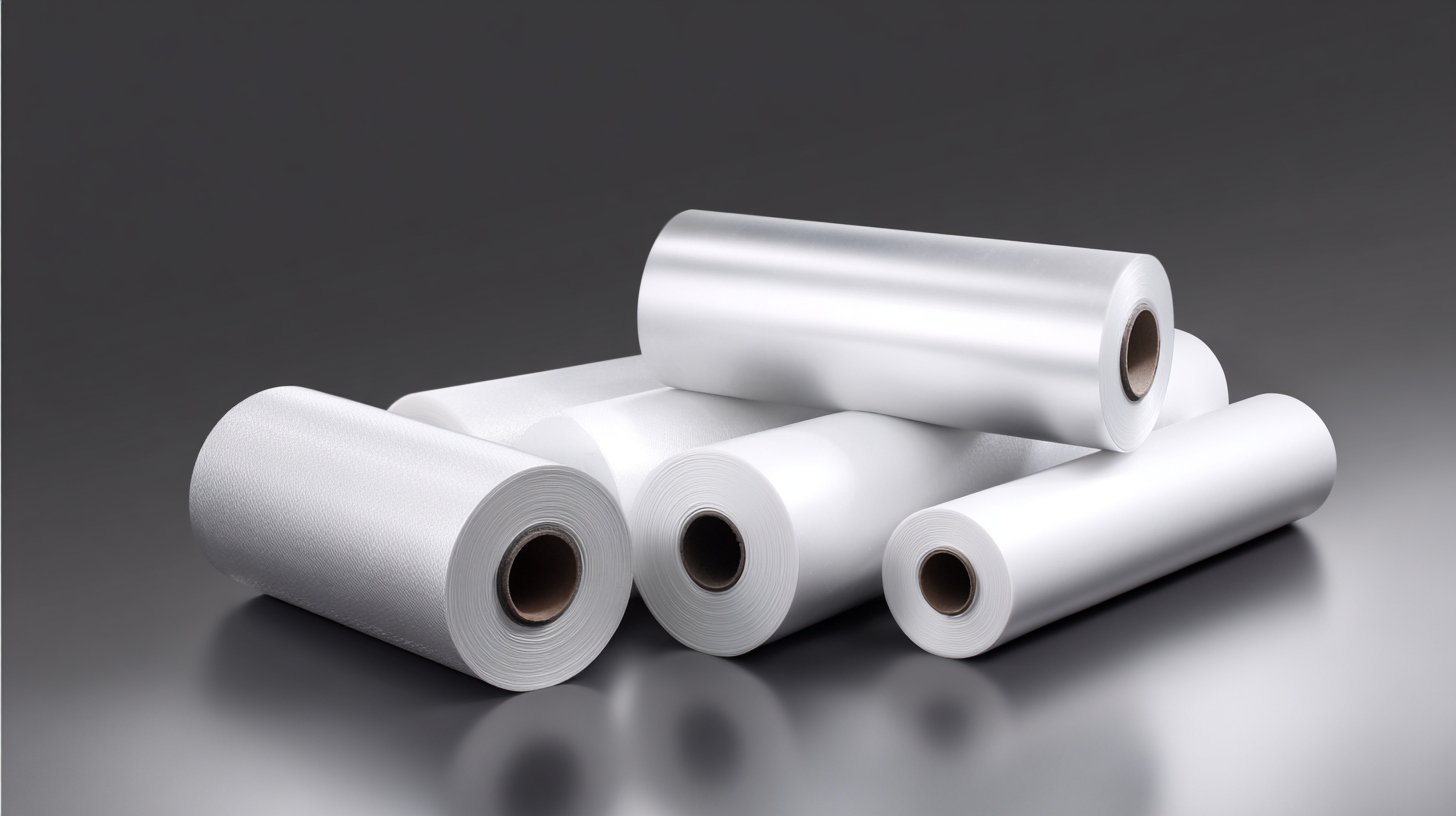
This guide will delve into best practices, techniques, and tips for utilizing PTFE coated mandrels to their fullest potential, helping you to enhance productivity while maintaining the quality of your end products. By harnessing the advantages of these innovative tools, you can revolutionize your production processes and achieve superior outcomes in your projects.
Understanding the Basics of PTFE Coated Mandrels: Properties and Applications
Polytetrafluoroethylene (PTFE) is recognized for its exceptional properties, making it an ideal material for coatings, particularly in the medical device industry. Its low friction coefficient, high thermal stability, and chemical resistance contribute to its popularity in applications such as thin-walled catheter liners. According to recent industry reports, the demand for PTFE in medical device manufacturing is projected to grow by over 8% annually, as manufacturers seek to enhance the performance and reliability of their products.
The importance of effectively utilizing PTFE coated mandrels cannot be overstated. These mandrels facilitate the precise fabrication of catheters and other medical devices, ensuring high-quality finishes and minimizing the risk of damage to delicate structures during production. Furthermore, as the emphasis on sustainability in coating materials intensifies, the industry is witnessing a shift towards innovative alternatives that can provide similar benefits while reducing environmental impact. Recent trends indicate that sustainable coatings are increasingly influencing design and manufacturing processes, pushing manufacturers to explore alternatives to traditional fluoropolymers while maintaining optimal performance standards. This evolution highlights the critical role that PTFE coated mandrels play in the ongoing advancement of medical device technologies.
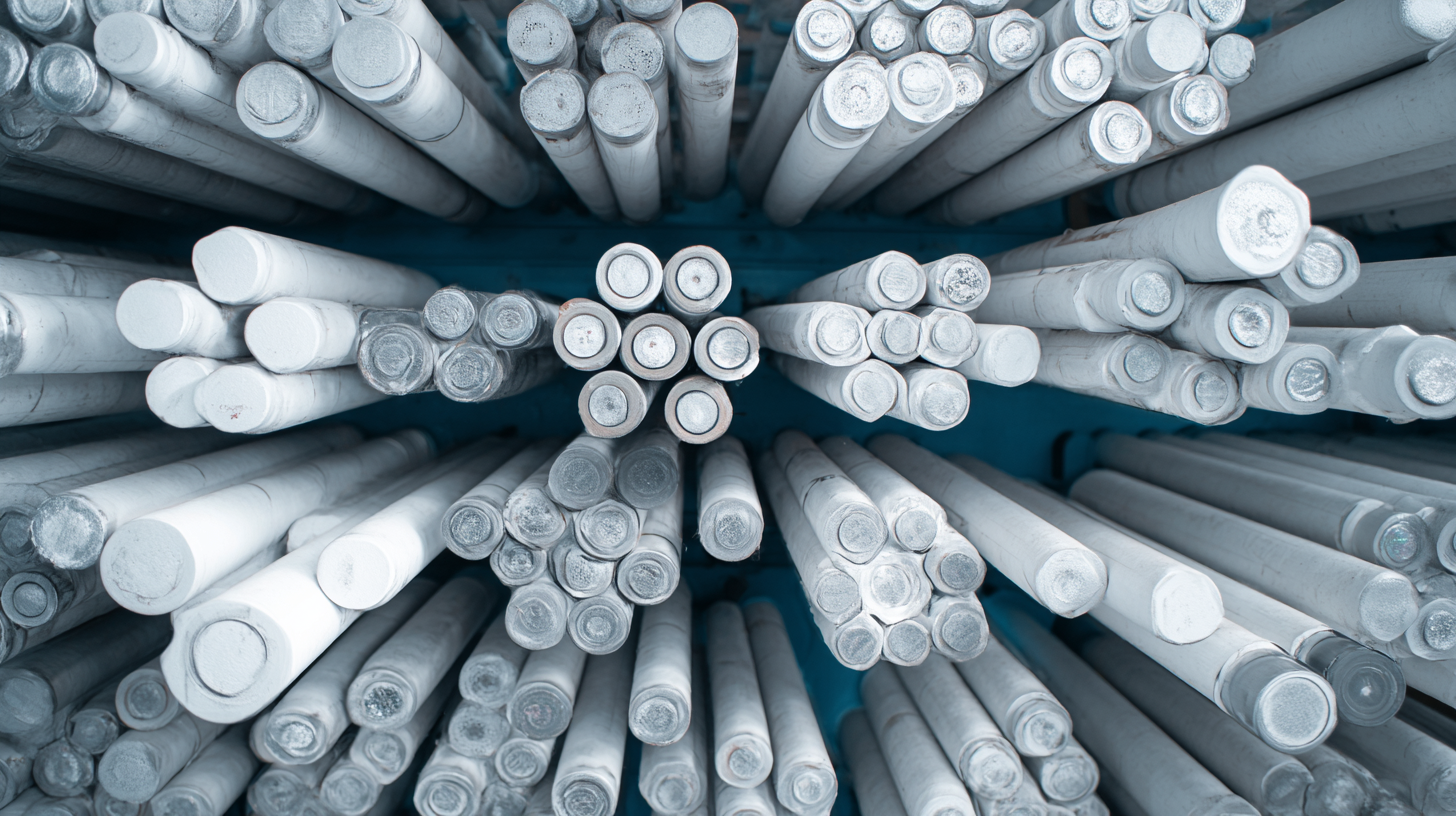
Selecting the Right PTFE Coated Mandrel for Your Project Needs
When selecting the right PTFE coated mandrel for your project needs, it's essential to consider material compatibility and application requirements. According to a report by the Specialty Coating Association, PTFE (Polytetrafluoroethylene) boasts superior chemical resistance and low friction properties, making it an ideal choice for high-performance applications. PTFE coated mandrels can significantly reduce wear and tear in processes like tube bending, ensuring a longer lifespan and consistent results.
Additionally, the thickness of the PTFE coating can directly impact performance. A study from the American Society for Materials indicates that a thicker PTFE coating may provide enhanced durability and greater resistance to scratching, which is especially important in industries such as automotive and aerospace. When choosing a mandrel, it is crucial to match the coating thickness to the specific demands of your project to optimize efficiency while minimizing potential downtimes. Proper selection not only improves product quality but also reduces the risk of costly errors.
Best Practices for Maintaining and Cleaning PTFE Coated Mandrels
 Maintaining and cleaning PTFE coated mandrels is crucial for ensuring optimal performance in various applications. Regular maintenance, including proper cleaning methods, not only enhances the lifespan of these tools but also improves the quality of the processes utilizing them. One effective approach is to utilize gentle cleaning solutions that minimize chemical residues, which can interfere with the nonstick properties of the PTFE coating. Reports indicate that a simple mixture of warm water and mild detergents can efficiently remove contaminants without damaging the surface.
Maintaining and cleaning PTFE coated mandrels is crucial for ensuring optimal performance in various applications. Regular maintenance, including proper cleaning methods, not only enhances the lifespan of these tools but also improves the quality of the processes utilizing them. One effective approach is to utilize gentle cleaning solutions that minimize chemical residues, which can interfere with the nonstick properties of the PTFE coating. Reports indicate that a simple mixture of warm water and mild detergents can efficiently remove contaminants without damaging the surface.
Additionally, incorporating self-cleaning technologies similar to those found in recent developments, such as antireflective TiO2 coatings, could greatly enhance the functionality of PTFE coated mandrels. Just as researchers are exploring advanced nanostructured coatings for solar energy applications, a similar strategy could be applied to create PTFE coatings that repel dirt and grease more effectively. This could lead to significant reductions in maintenance frequency and associated costs, thereby boosting overall productivity in manufacturing environments.
Moreover, adopting best practices that align with industry standards can result in substantial operational savings, estimated at millions over time, while ensuring that equipment performance remains at peak levels.
Techniques for Enhancing Performance with PTFE Coated Mandrels
PTFE coated mandrels are becoming increasingly popular in various manufacturing processes due to their superior non-stick properties and chemical resistance. To enhance performance with PTFE coated mandrels, one effective technique is to ensure optimal surface preparation prior to their application. According to a report by the American Society for Testing and Materials (ASTM), proper surface preparation can significantly reduce friction and improve the release characteristics, leading to a 25% increase in efficiency during the fabrication processes.
Another key technique involves maintaining precise temperature control during the operation. Studies show that PTFE coatings can exhibit optimal performance at temperatures between 200°C and 260°C. Operating within this temperature range not only maximizes durability but also minimizes the risk of thermal degradation, a factor reported to decrease mandrel lifespan by up to 30% if not controlled properly. Routine inspections and maintenance are also vital, as they can help to identify wear and tear that may affect the quality of the final product, ensuring that PTFE coated mandrels continue to deliver exceptional results throughout their usage.
Usage Performance of PTFE Coated Mandrels
Troubleshooting Common Issues with PTFE Coated Mandrels in Use
When using PTFE coated mandrels, you may encounter several common issues that can impact their performance. One frequent problem is improper adhesion between the PTFE coating and the mandrel itself. This can lead to peeling or flaking, particularly in high-temperature applications. To troubleshoot this, ensure that the mandrel's surface is thoroughly cleaned and prepped before the application of the PTFE, allowing for improved adhesion and overall durability.
Another common issue is the buildup of material on the PTFE surface, which can hinder the mandrel’s efficiency and function. This buildup usually occurs due to the nature of the materials being processed, leading to unwanted residue. To resolve this, periodic cleaning with appropriate solvents and gentle abrasion can help maintain the integrity of the PTFE coating. Additionally, regular inspection of the mandrels for wear and tear can help identify potential problems early, allowing for timely repairs or replacements to ensure optimal performance in production processes.
How to Effectively Use PTFE Coated Mandrels for Optimal Performance - Troubleshooting Common Issues with PTFE Coated Mandrels in Use
| Issue | Description | Troubleshooting Steps | Preventive Measures |
|---|---|---|---|
| Surface Damage | Scratches or wear on the PTFE coating can affect performance. | Inspect mandrel for scratches and replace if necessary. | Use proper handling techniques during use and storage. |
| Poor Release | Materials may stick to the mandrel, preventing smooth release. | Ensure proper lubrication or choose compatible materials. | Regularly clean mandrels to remove residue. |
| Deformation | Mandrels may lose shape under excessive heat or pressure. | Monitor operating conditions to avoid exceeding limits. | Choose mandrels rated for specific operational parameters. |
| Inconsistent Finish | Surface finish may vary, impacting product quality. | Adjust processing speed or temperature settings. | Use standardized processes for uniform results. |
| Chemical Damage | Exposure to harsh chemicals can degrade the coating. | Evaluate chemical compatibility and adjust accordingly. | Protect mandrels from contact with aggressive substances. |
Related Posts
-

How to Optimize Your Ethylene Oxide Sterilization Process for Maximum Efficiency
-

Understanding the Unique Features and Applications of Autoclave Sterilization Solutions in Diverse Industries
-
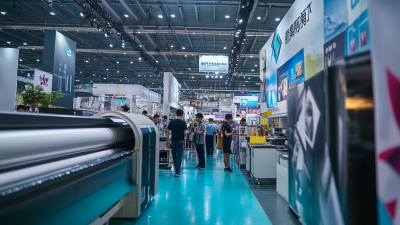
Unleashing Global Opportunities at the 137th Canton Fair with Peek Extrusion Innovations
-
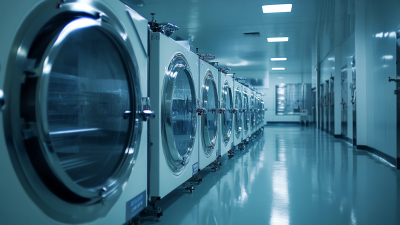
Unleashing China's Manufacturing Prowess in Autoclave Sterilization for Global Buyers
-

5 Essential Factors That Make Medical Sutures a Global Sourcing Priority
-
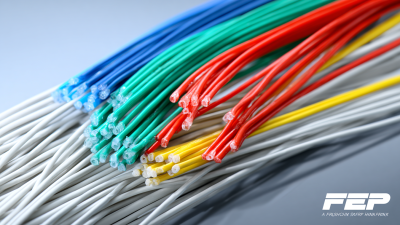
Exploring the Unique Features and Applications of Best Fep Heat Shrink Products for Global Buyers






